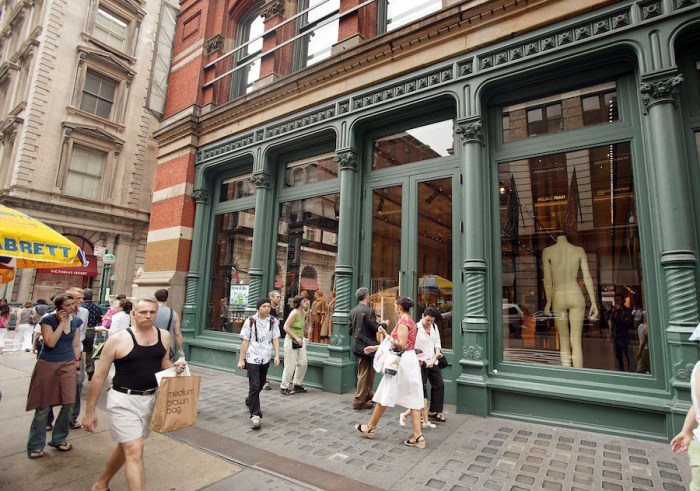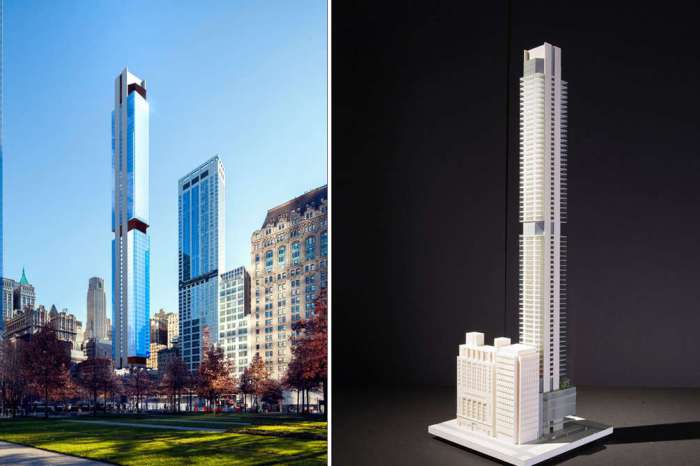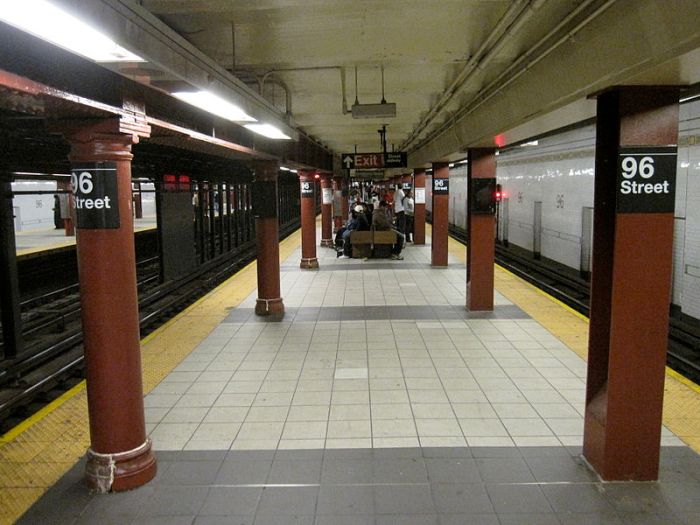The steps in front of J.J. Williams’s apartment building on 124th Street near Lexington Avenue were clean Tuesday morning.
In the three years he’s lived in the Harlem building, he said he became used to it becoming a urinal for substance abusers and homeless in the area.
RELATED: Homeless cleared out ahead of papal visit not just for pope, Bratton says “We’re not just going to let you do that,” Williams said, blaming much of the problem in his neighborhood on the synthetic marijuana boom that has hit New York City’s poor and homeless hard. The area around 125th Street, especially near Park Avenue and close to the Metro-North tracks, became ground zero in recent months for lawmakers looking to address the combination of homelessness and substance abuse. Progress is slow, yet some residents’ optimism remains high. Streets are cleaner, they say, and the city is listening. The mattresses strewn about the 125th Street plaza at Park Avenue are gone. The trash collecting along Lexington Avenue has been picked up. “It was a war zone,” said one of William’s neighbors who asked not to be identified by name. “Every morning I’d find people sleeping, urinating or defecating at our front door. People were lying out on the street. It was bad. RELATED: City Council members suggest marijuana policy reform to curb K2 “But it’s getting better.”
In 2013, City Council Speaker Melissa Mark-Viverto, whose district includes the problematic stretch of 125th Street, convened a community-led task force connecting residents to city agencies.
As a result, the neighborhood has seen an increase in the Sanitation Department’s presence. The city’s health and homelessness departments surveyed people in the neighborhood. The MTA agreed to replace previously installed subway grate structures designed to prevent flooding — and inadvertently became benches and beds — by 2016. “What’s been happening has at 125th has been happening for a long time,” Mark-Viverito told Metro. “Our city agencies have shown a level of engagement with each other that we’ve never seen before. We’ve identified the problems, come to gather collaboratively and the work is being done.” RELATED: NYPD partners with federal government in massive nighttime K2 raid In late September, Police Commissioner Bill Bratton committed 38 full-time officers to the area, attributing much of the problems related to K2 to the methadone clinics, homeless shelters and transitional housing; East Harlem has the highest concentration of social services in the city. Both Williams and his neighbor dismissed concerns by local activists upset with NYPD and its treatment of homeless in the area.
“We need the police,” the neighbor said. “It’s a big difference when [homeless] see the police are around. Without the police, there’s nothing going to get done.” Around the corner from Williams’ apartment building, two police officers attempted to calm down a man in front of 2027 Lexington. Two men made an exchange steps from the distracted officers right in front of the building that inside offers transitional housing for homeless. RELATED: Homeless advocates have high expectations of de Blasio, NYPD during papal visit Williams said he feels for those he comes across struggling to make ends meet and relying on synthetic marijuana, also known as K2, to pass the time. But he said he and his neighbors won’t be treated with disrespect. John Molinari, a manager at the William Somerville woodworking firm on 124th Street that has been in Harlem since 1920, told Metro his staff has had its fair share of run ins with drug addled residents. Molinari said he’s noticed a slight improvement on the block in the last two or so months — he’s calling police less often than before — but still has to deal with homeless who get displaced by police from one corner to the next. “We have to hose down the front of the building every day,” he said. “We have to lock up the parking lot. We’ve had cars broken into and come across prostitution.”
One of Molinari’s drivers, he said, was assaulted by a group of men two months ago in front of the warehouse while making a delivery.
The worker hasn’t been back to work since. The same can’t be said for the man who Molinari believes started the attack on an employee.
“He just comes back here and sits on our steps,” he’s said.
Mark-Viverito admitted there’s plenty of work left to do. The city is still trying to coordinate with the state Health Department over what can be done with at least two methadone clinics in the area. Albany oversees contracts for methadone treatment. Conversations are ongoing, she said, but the speaker hopes the state will consider distributing treatment centers more evenly throughout the city.
State officials did not respond to Metro for comment.
As things continue to slowly improve at 125th Street, Mark-Viverito said she hoped other neighborhoods may take a page from their task force powered by residents and connected directly to city services. “It’s an ongoing dialogue,” she said, “and this is hopefully a new approach for other communities facing their particular and unique problems.”


















